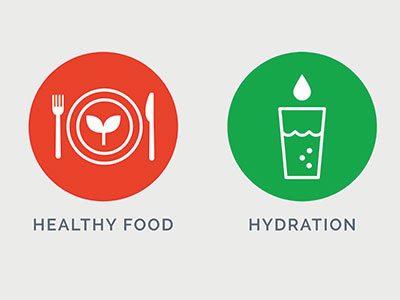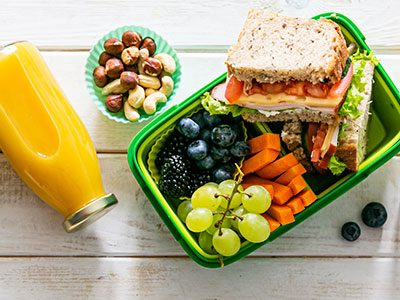February 13th, 2020 / 0 Comments
Getting kids to eat healthy can sometimes feel like “Mission: Impossible.” But there are ways to sneak nutrition into meals, according to Children’s National Hospital dietitian Erika Davies, MS, RD, LD.
Dietary recommendations
According to the American Academy of Pediatrics dietary recommendations, children from the ages of 9-13 should be eating:
- 5 ounces of protein
- 1.5 cups of fruit
- 1.5-3.5 cups of vegetables
- 5-6 ounces of grains
- 3 cups of dairy daily
It can be hard to pack all this into one day, especially with picky eaters.
With more finicky eaters, Children’s National Hospital Davies recommends that parents resist offering their children special meals on a repeat basis, as “it gives them no motivation to try something new.”
To encourage kids to reach for healthy snacks instead of chips or cookies, she advises always having nutritious foods easily available, while also eliminating junky snacks.
“Parents should also be sure to model good eating behaviors” Davies said, noting kids often take after what they see.
How to sneak nutrition into meals
Sneaking in healthy alternatives and nutritious substitutions has never been easier.
- Replace junk food: Try replacing junk food with more healthful versions of the snacks your kids already enjoy:
- Replace buttered popcorn loaded with fats and sodium with air popped popcorn.
- Make your own trail mix with dried fruits and nuts instead of store-bought trail mix, which is filled with refined sugars and preservatives.
- Be sneaky: Slip in nutritious foods and alternatives into meals.
- Add fruits and fruit purees to baked goods, cereals, and pancakes.
- Prepare homemade goodies with whole grain flour or a gluten-free substitute such as rolled oats.
- Add vegetables to homemade pizza.
- Replace mayo with avocado, which is full of good fats, and try Greek yogurt, which is packed with protein, instead of sour cream.
- Substitute leaner meats such as ground turkey instead of beef.
- Find low fat, high fiber alternatives
- Try reduced fat or skim milk instead of whole milk.
- Replace white bread with whole wheat.
- Emphasize a “rainbow” plate: Encourage kids to include a variety of colors on their plates, for example:
- Green broccoli and spinach
- Yellow squash
- Orange and red peppers
The USDA advises parents to encourage children to eat more fruits and vegetables by making it fun. Allowing kids to be actively involved in making and preparing food makes them more likely to eat it and be more mindful about the ingredients involved.






















Leave a Comment
Want to join the discussion?Feel free to contribute!